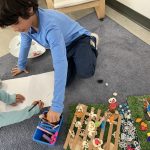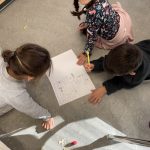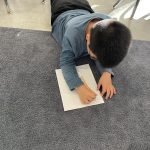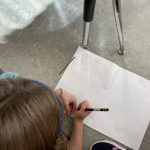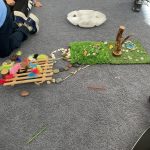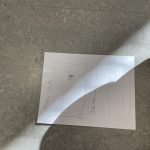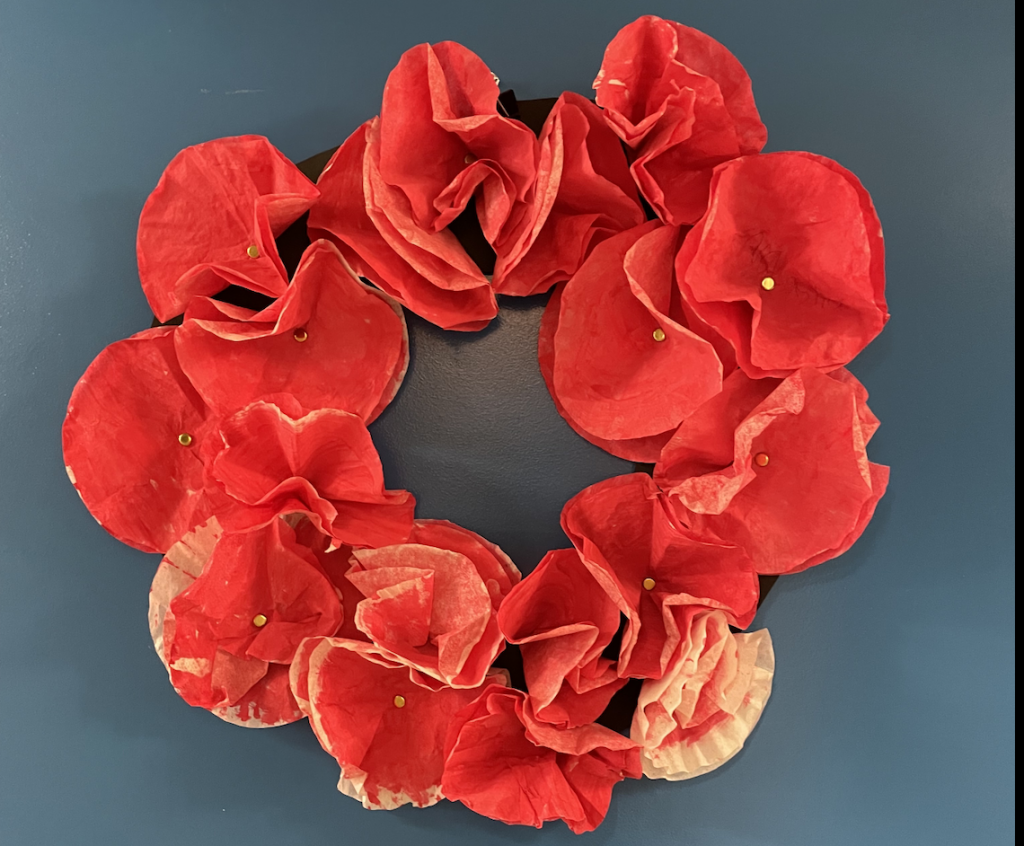
Category: Uncategorized (Page 4 of 4)
Today, we did 2 experiments. The first one was cooking an egg to demonstrate both a physical and chemical changes.
(We forgot to take pictures of this)
We also conducted an Oobleck experiment. We used the Scientific Methods to conduct the experiment. We learned that Oobleck is a Non-Newtonian Fluid – it looks like liquid but feels like solid!
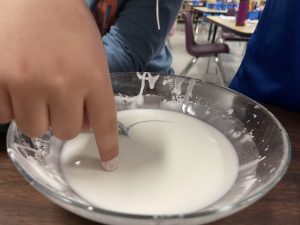
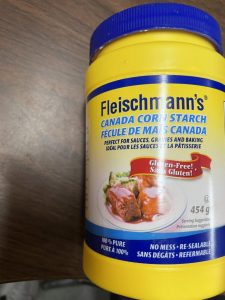
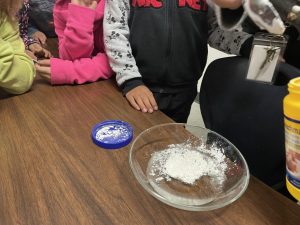
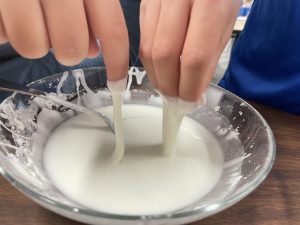

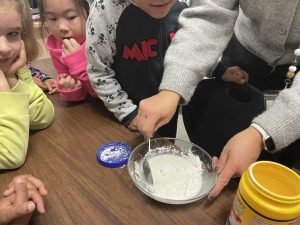
Question: What happens when you mix cornstarch with water?
Hypothesis: I think that when I mix the supplies, the mixture will become ______________.
Supplies:
1/2 cup of cornstarch
1 cup of water
Test the Hypothesis following this process:
Step 1: Add water to a cup.
Step 2: Add food colouring.
Step 3: Add cornstarch.
Step 4: Mix everything up. Mixture should be able to be picked up like a solid but still flow like a liquid. This is a Non-Newtonian fluid.
Step 5: Record observation.
Conclusion: We learned that slime is a non-Newtonian fluid which is neither a liquid or solid depending on the forces acting upon it and does not have a constant viscosity.
Big Idea: Materials can be changed through physical and chemical processes.
First Peoples Principles of Learning: Learning takes patience and time.
Curriculum Competencies:
- Observe objects and events in familiar contexts
- Ask questions about familiar objects and events
- Make simple predictions about familiar objects and events
- Make and record observations
- Sort and classify data and information using drawings, pictographs and provided tables
- Compare observations with predictions through discussion
Content:
- chemical ways of changing materials
Core Competency: Critical Thinking and Reflective Thinking
- I can ask questions and consider options. I can use my observations, experience, and imagination to draw conclusions and make judgments.
,
Today, we read a story about a haunted house. In the story, we heard about different parts of the house and any people/creatures that live there and fun things they do.
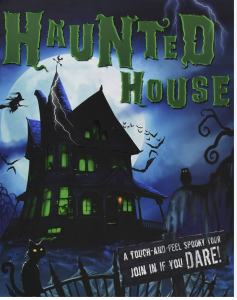
Students got creative and wrote a house listing to sell their haunted houses! The spookier the better! Here is our bulletin board:
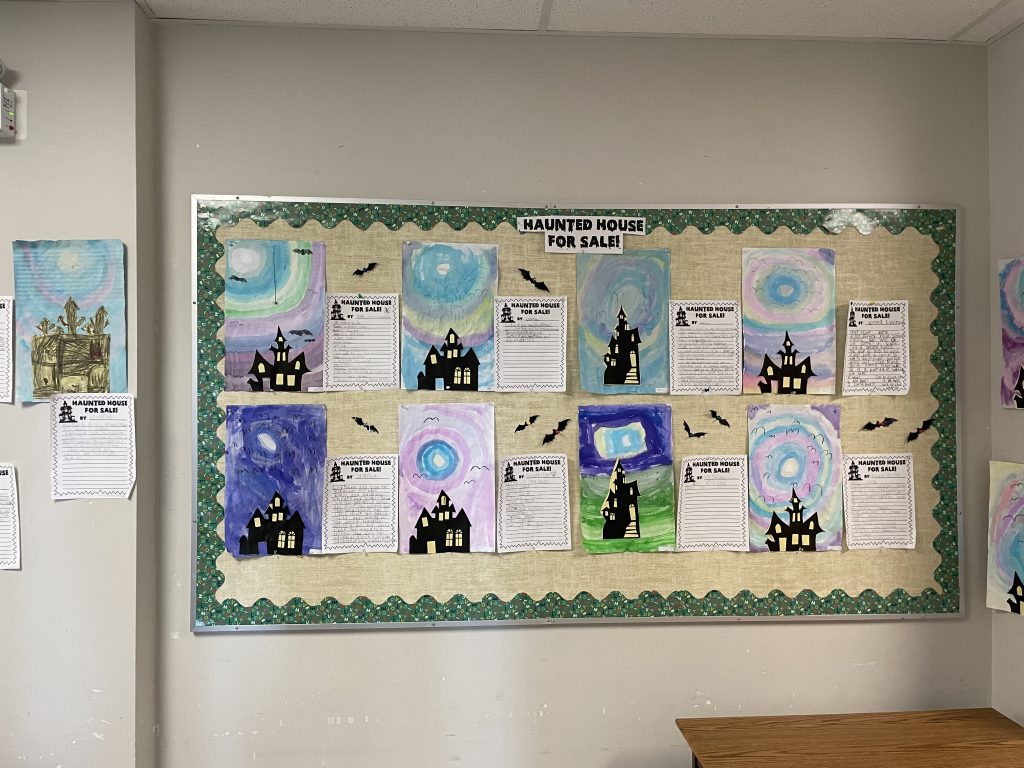
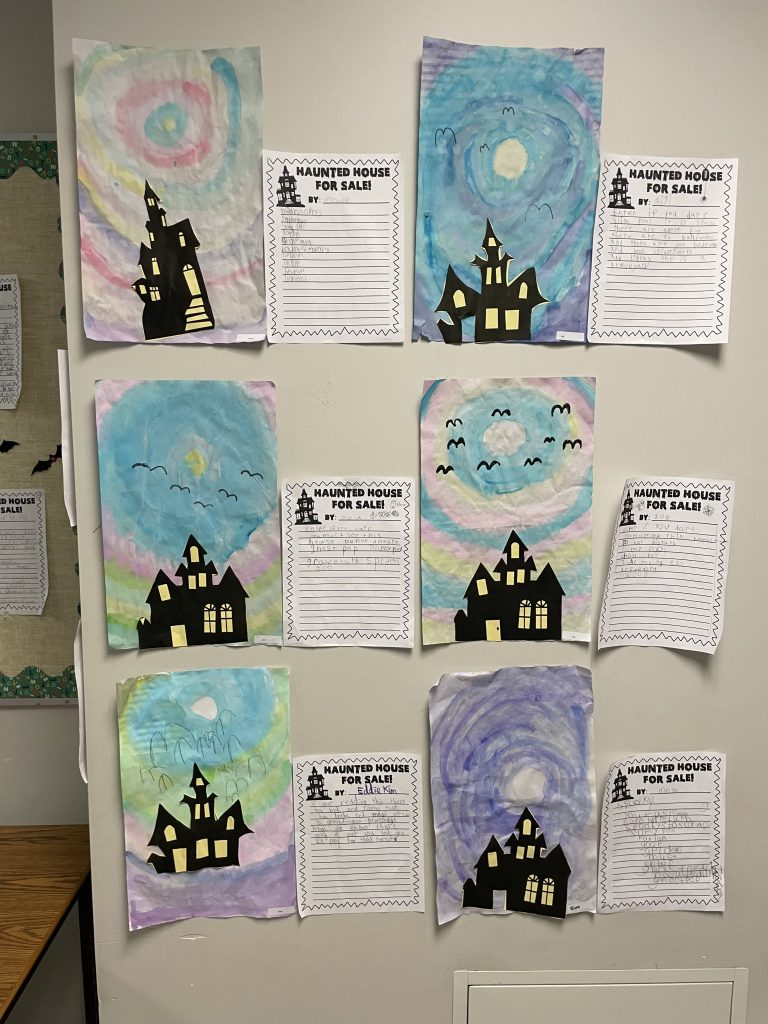
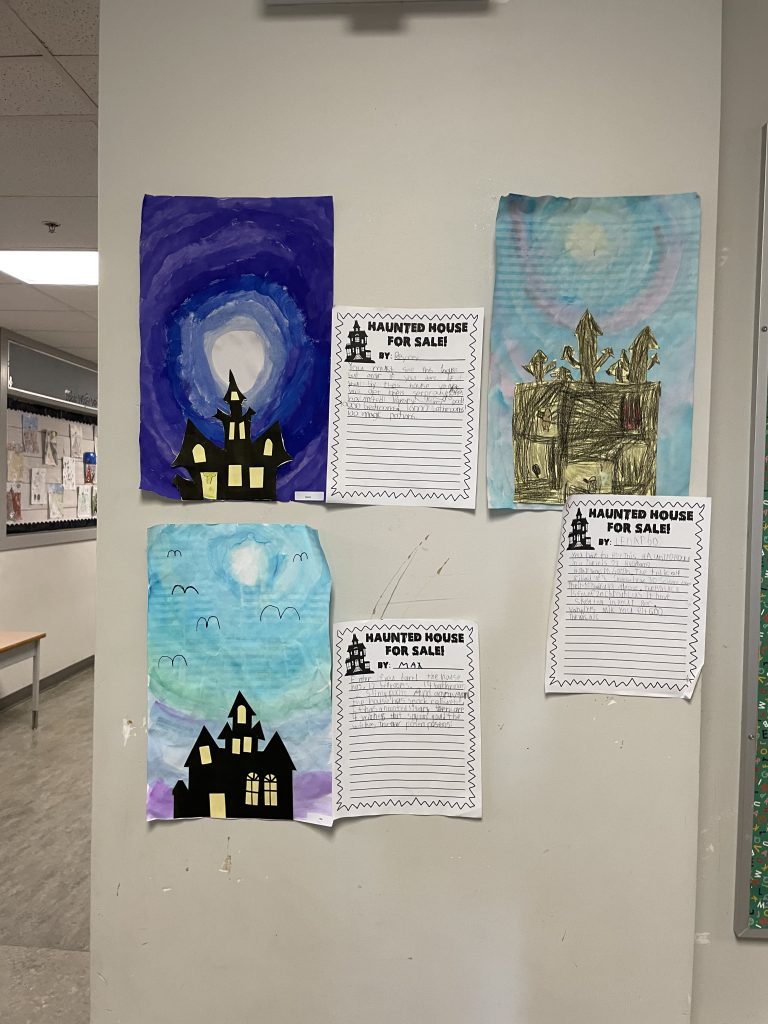
Last week Ms. Papapanagiotou introduced students to a chapter book called “Dragon Girls” by, Maddy Mara

This week she introduced, “Dragon Masters” by, Tracey West
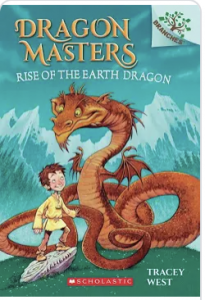
We also read:
Wednesday:
“Pig The Fibber”
Thursday:
“What are your words?”
And I began a read aloud chapter book:
“Dinosaurs Before Dark”, which is from Magic Tree House series and it is book #1

We have begun Story Workshop. Students use loose parts to create a story. This past week we focused on characters! Some students began book making from their Story Workshop creation! This past week there was a lot more stories to do with Halloween! Here are some Pictures:
Big Ideas:
- Stories and other texts connect us to ourselves, our families, and our communities.
- Language and story can be a source of creativity and joy.
- Everyone has a unique story to share.
Curricular Competencies:
- Create stories and other texts to deepen awareness of self, family, and community
Learning Involved:
- writing processes- may include revising, editing, considering audience
First Peoples Principles of Learning:
- Demonstrate awareness of the role that story plays in personal, family, and community identity
Core Competencies:
Critical Thinking
- I can try a new idea when something doesn’t work
Creative Thinking
- I can try different ways of doing things
Communication
- I can share my ideas and questions
- I can listen to others
Social Responsibility
- I can share my ideas with others
This week we learned about Terry Fox. We read this story: “Terry Fox and Me” ( I have attached a video if it if you would like to re read)
We talked about how brave Terry Fox was and discussed our thoughts of his actions. We brainstormed ideas on what we might run for to help change the world. Students came up with wonderful ideas, we wrote these on the board and students did a writing activity.
Here is our bulletin board:

This week we joined an online workshop through Joyful Learning where we listened to David Robertson read aloud his book “When We Were Alone”, He shared why he wrote the book and his connection to Residential Schools. Here is a video of him reading (Not the one we were part of)
After the workshop, we had a rich discussion about the book and what the meaning of the story was. Students asked great questions and we brainstormed how we should feel at school. We also talked about how children would have felt when this happened.
Students completed a worksheet where they drew a picture from the book that stood out for them. They also answered 2 questions;
-What was something you learned?
-Is there something you wonder?
Once this was completed, students coloured a hand that was created by artist, Michelle Stoney (https://mstoneyart.ca/)
During library time, Ms. Papapanagiotou read a book called “We all Matter”. Here is a link (Best I could find on video)
Here is what our bulletin board looks like:
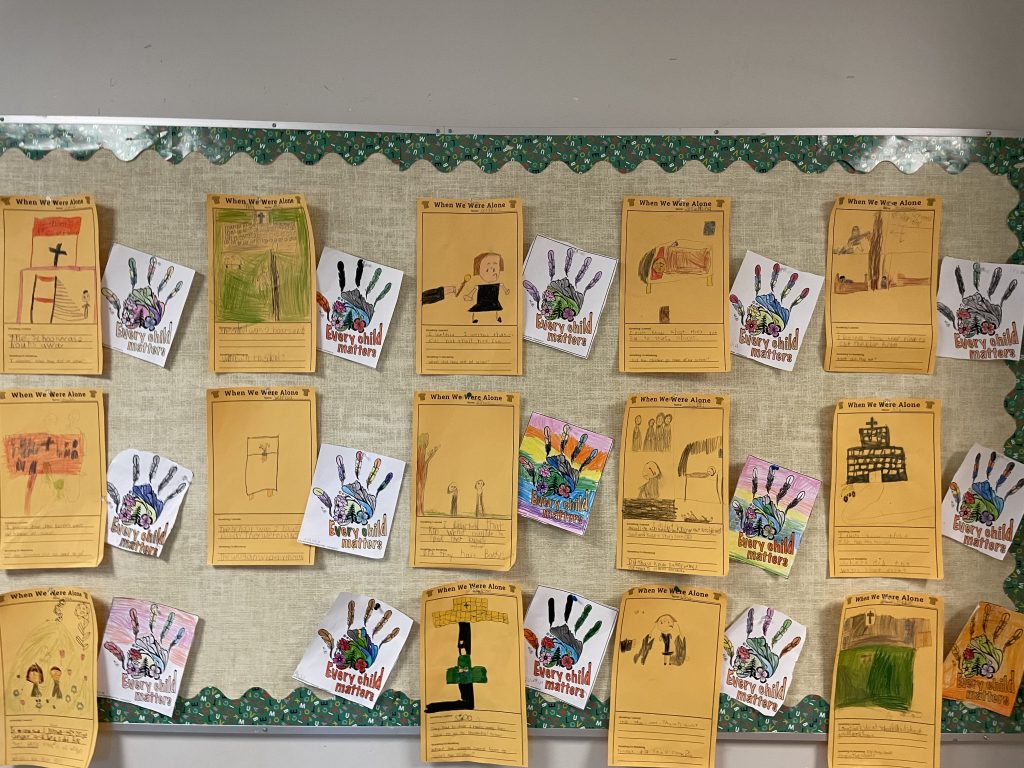
Curricular Competencies:
Social Studies:
- Recognize the causes and consequences of events, decisions, or developments
- Make value judgments about events, decisions, or actions and suggest lessons that can be learned
Language Arts:
- Exchange ideas and perspectives to build shared understanding
- Plan and create a variety of communication forms answering questions
First Peoples Principles of Learning:
- Learning ultimately supports the well-being of the self, the family, the community, the land, the spirits, and the ancestors
- Learning is holistic, reflexive, reflective, experiential, and relational
In the mornings, we engage in Community Circle by sitting in a circle on our carpet and taking turns talking about how we are feeling. The purpose of this activity is to use our oral skills to share how we are feeling and also to learn how to listen to others. In our class, we use the Zones of Regulation to indicate how we are feeling.
Zones of Regulaton:
“program designed to help people of all ages identify, monitor, and regulate their emotions and states of alertness.” We feel all kind of emotions during the day and we have been learning about how to regulate our emotions through different tools (walk, deep breathing etc) so we are in the “green zone” and ready to learn!
Big Ideas (Career Education):
- Effective collaboration relies on clear, respectful communication.
- Strong communities are the result of being connected to family and community and working together toward common goals.
First Peoples Principles of Learning:
- Learning ultimately supports the well-being of the self, the family, the community, the land, the spirits, and the ancestors.
- Learning recognizes the role of Indigenous knowledge.
- Learning is embedded in memory, history, and story.
- Learning involves patience and time.
- Learning is holistic, reflexive, reflective, experiential, and relational (focused on connectedness, on reciprocal relationships, and a sense of place).
Curricular Competencies:
- Identify and appreciate their personal attributes, skills, interests, and accomplishments
- Recognize the importance of positive relationships in their lives
- Share ideas, information, personal feelings, and knowledge with others
- Work respectfully and constructively with others to achieve common goals
Content:
- Risk-taking – Speak in front of others
- Cultural and social awareness – achieved by exploring self-identity, acknowledging cultural differences, honouring indigenous tradition
Core Competencies – Communication:
- In a safe and supported environment, I respond meaningfully to communication from peers and adults.
- I communicate confidently, using forms and strategies that show attention to my audience and purpose.
Core Competencies – Personal and Social:
- I am aware of different aspects of myself. I can identity people, places, and things that are important to me.
- In familiar settings, I can interact with others and my surroundings respectfully.
